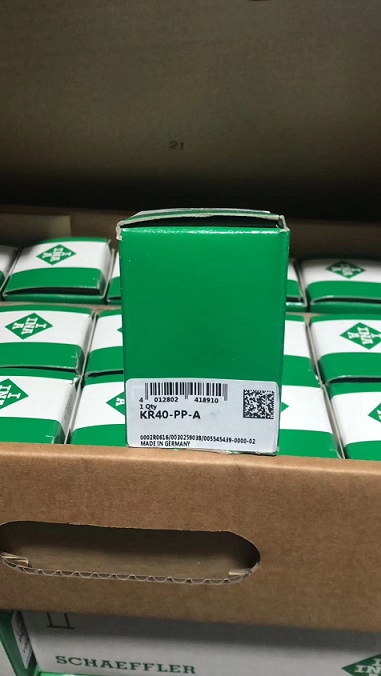Writer: Eric Bearing Limited
Bearings are critical components in optical instruments, where even the slightest misalignment or friction can degrade performance. From telescopes and microscopes to laser systems and camera lenses, high-precision bearings ensure smooth motion, stability, and accuracy.
Key Requirements for INA Bearings in Optical Applications
Ultra-High Precision
Optical systems demand micron-level accuracy to maintain alignment.Bearings with low radial/axial runout (e.g., ABEC-7 or ABEC-9) are essential.
Minimal Friction & Vibration
Any unwanted movement can distort images or laser beams. Precision ball bearings or air bearings (for near-zero friction) are commonly used.

Smooth & Consistent Motion
Instruments like rotating mirrors, zoom lenses, and gimbals require bearings with uniform torque to prevent jerky movements.
Corrosion & Contamination Resistance
In sensitive environments (e.g., space telescopes or medical optics), stainless steel, ceramic, or hybrid bearings prevent rust and particle generation.
Thermal Stability
Temperature fluctuations can cause expansion/contraction, affecting focus. Special alloys or ceramic bearings help maintain dimensional stability.
Challenges & Solutions
Micro-Vibrations: Even tiny vibrations can distort measurements. Vibration-damped bearings or magnetic preload systems help mitigate this.
Dust & Contamination: Sealed or cleanroom-compatible bearings prevent debris from affecting optics.
Long-Term Stability: In space or medical applications, self-lubricating or dry-running bearings reduce maintenance.
Industry Standards & Materials
ABEC-7/9 or ISO P4/P2 (for ultra-high precision)
Stainless steel (440C, 316L) or ceramic (Si3N4, ZrO2) for harsh environments
Vacuum-compatible lubricants for aerospace applications
INA Bearings in optical instruments must meet extreme precision, stability, and reliability requirements. The right bearing selection—whether precision ball, crossed roller, or air bearings—ensures optimal performance in applications ranging from laboratory microscopes to satellite imaging systems.
Tel: 00852-30697500
Fax: 00852-30697511
Email: sales@ericbearing.com
Message: Click Here Message!